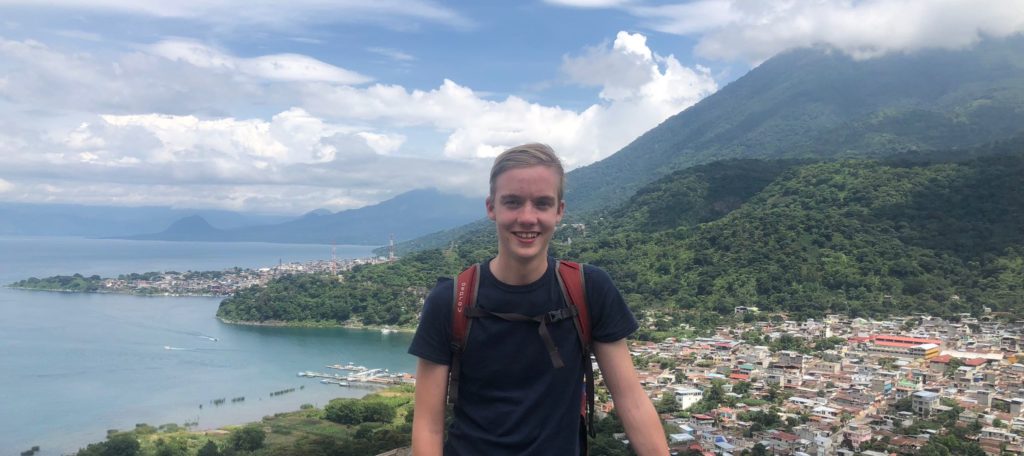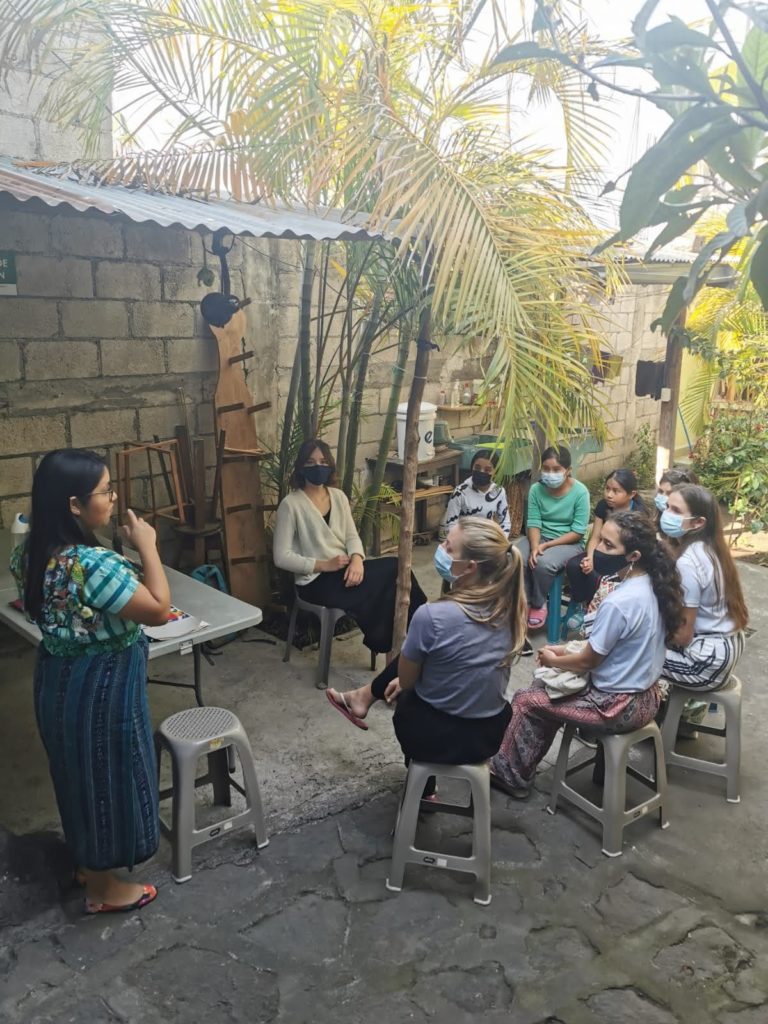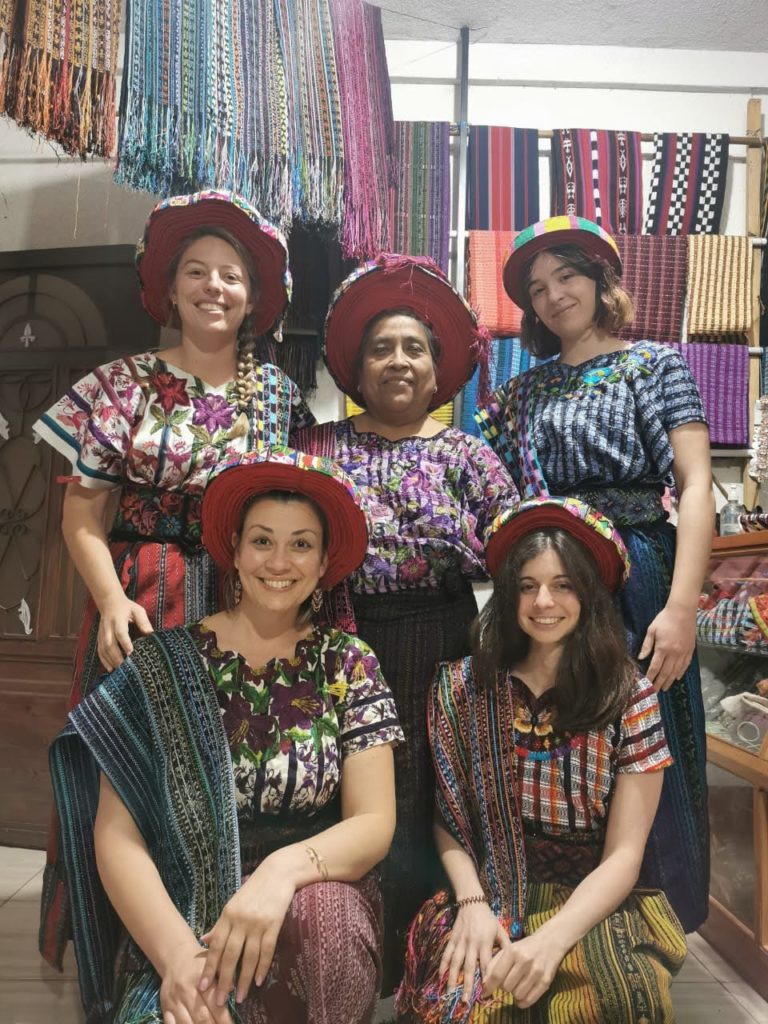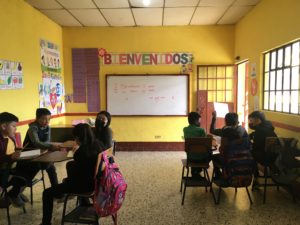What Are the Main Pros and Cons of Volunteering?
What Are the Main Pros and Cons of Volunteering?
Are you interested on community service? Learn about the positive effects of volunteering and some of the challenges you may face during your volunteer journey!
What motivates people to volunteer?
Volunteering brings people together like a dance floor at a wedding. You’re part of a gang with the same mission. There’s something heart-warming about fighting the good fight side by side.
Some people treat volunteering as a personal training ground. You’re out there, learning stuff that might just come in handy beyond the volunteer party. Others use volunteering as a break from the snooze-fest of regular life. It’s a chance to inject a bit of excitement and purpose into the routine.
So, why should you volunteer? Because it’s not just about giving; it’s about receiving a lot in return – joy, connections, growth, and that awesome sense of making the world a bit brighter.
Pros of Volunteering:
Volunteering is like this secret party, but everyone’s invited. It’s this wild, unpredictable journey where you end up discovering more about the world and yourself than you ever imagined. Let’s look at some of the benefits of doing community service.
You can learn new skills
Embarking on different projects opens doors to diverse skills. Dive into tech, and you could master mobile app development, coding, and digital solutions. Event promotion or cause championing might transform you into a marketing whiz, handling social media, campaign development, and content creation. If storytelling is your forte, documenting experiences or project impacts turns you into a narrative ninja. From the comfort of your couch, you could become a remote work superhero and excel in precise communication, time management and seamless collaboration. For those in education, virtual volunteering can morph you into an online teaching and tutoring wizard.
You can volunteer abroad
When you volunteer abroad, as our One, Two…Tree! volunteers do, you’re basically diving headfirst into local customs, traditions, and the real deal of everyday life. Chatting it up with the locals day in and day out will have you throwing around colloquialisms in no time.
And let’s talk about worldview expansion. Volunteering abroad is about getting a front-row seat to diverse perspectives and global issues. Flexibility and adaptability become your middle names. You’re navigating through all sorts of cultural twists and turns, and these skills become second nature.

One, Two…Tree! volunteers connect with diverse communities and cultures.
You could meet new people and expand your network
Don’t be a wallflower; jump into events, workshops, and all the cool training sessions your volunteering crew throws together. And hey, don’t limit your networking game to just volunteering stuff. Step out of your volunteer comfort zone and dive into the local scene. Social media? Most volunteer organizations have their own groups or pages. Spill the tea on the ups and downs, and stay in the loop about what’s on the horizon. Check out our Instagram page to see what our One, Two…Tree! volunteers have been up to!
Personal Growth
Volunteering is your door to self-discovery. You might stumble upon hidden talents, passions, or parts of yourself you didn’t know existed. It also often means connecting with people facing tough times. You become an emotional intelligence wizard, learning empathy, compassion, and how to ride the emotional rollercoaster. And, as you assess situations, identify needs, and whip up solutions. Your critical thinking skills will help you make smart decisions.
You improve your soft skills and CV
Volunteering can lead you to CV glory and a soft skills upgrade. Time to show the professional world what you’re made of!
Lots of volunteer gigs let you take charge of projects, events, or campaigns. Slap those on your CV! Employers dig those who bring a bit of a worldview and can handle different cultures. And when the drama unfolds in group settings, and conflicts are on the menu, volunteering teaches you to navigate that terrain.
Cons of Volunteering:
It’s not always rainbows and sunshine in the volunteering world. Let’s talk about the flip side, the negative effects of community service, that sometimes sneak up on you when you’re knee-deep in good intentions.
Emotional involvement and impact
One big emotional curveball is burnout. You’re all in, giving your time and energy, and suddenly, it hits you like a ton of bricks – exhaustion, fatigue, you name it. When you’re dealing with heavy stuff, there’s this thing called compassion fatigue. You absorb so many emotions that you’re left feeling numb, detached, or just less empathetic.
Setting boundaries can be a real challenge, especially when you’re dealing with personal stories and struggles. So, where do you draw the line? Witnessing suffering, dealing with personal safety concerns, or just being overwhelmed by the enormity of social issues – that’s the emotional weight that can come with certain volunteer posts.
Frustration
Picture this: you’re trying to tackle an issue, but the impact isn’t as great as you expected. Maybe the challenges are way more stubborn than you expected. Then there’s the lack of recognition. You’re pouring your effort, but it feels like nobody’s noticing. No pat on the back, no acknowledgment. Sometimes, frustration kicks in when you’ve got these big expectations. You think you’re going to rock it, change lives, and leave your mark. But reality hits, and it’s not as glamorous or impactful as you imagined.
You put in the time and the money
So, let’s spill the tea on why overseas volunteering is a bit of a time and money whirlwind. Visas, flights, where the heck you’ll bunk – it’s a pre-departure puzzle that takes time to solve. It can also mean shelling out your hard-earned cash.
Picture this: you find this amazing volunteer opportunity, but it’s halfway across the globe. Exciting, right? Until you realize you’ve got to dip into your savings for that flight ticket and let’s not forget about accommodation or food!
Volunteering overseas isn’t a pop-in, pop-out situation. You might be in it for weeks or months. That’s time away from your job, family, and your usual routine. Plus, some volunteering gigs might need you to undergo training or obtain certain qualifications, adding more time and cost.
Confrontation with other people’s reality
Alright, let’s talk about one of the real and tough parts of volunteering – the confrontation with other people’s reality. It’s a rollercoaster of emotions – empathy, compassion, frustration, and maybe even a bit of guilt for having a different reality. It can be messy, emotional, and sometimes uncomfortable.
Picture this: you’re in a community, maybe halfway across the globe. You see first-hand the challenges people are facing – perhaps it’s poverty, lack of access to education, or health issues. It’s a reality check that hits you square in the face.
You might also find yourself in situations where you can’t fix everything. You want to, you really do, but the reality is, some problems are deeply rooted and complex. It’s a humbling experience, realizing that your efforts, while meaningful, might not be the solution you envisioned.
FAQs
What are some key benefits of volunteering?
- Dive into Learning:
You’re out there, getting your hands dirty. Social issues, community dynamics – you’re right in the thick of it, applying the stuff you’ve read about. Some posts even throw you into this mix of different fields, like a knowledge buffet. It’s not just learning; it’s applying, doing, and looking at problems from all angles.
- Feel the Feels and build resilience:
You’re dealing with all sorts of people, navigating through the ups and downs of community life. It’s like a crash course in understanding emotions – yours and others’. And guess what? You’re not just learning to deal with it; you’re building up your emotional strength.
- Reputation Boost:
Volunteering isn’t just good for the soul; it’s a reputation booster. Whether you’re rocking it in your personal life or hustling in the professional world, people notice when you’re out there making a difference.

Volunteers in action at our Learning Centre in Santiago Atitlán, Guatemala.
Does volunteering reduce stress?
Volunteer work is a game-changer, breaking the cycle of negative thoughts and worries that often run on a loop in our heads. Now, here’s the science behind it – acts of kindness trigger the release of neurotransmitters, the feel-good chemicals. We’re talking serotonin and oxytocin, the brain’s own happiness cocktail.
But it’s not just about the brain; it’s a full-body experience. Depending on the kind of volunteering you’re into, you might find yourself getting active. Physical activity is a known stress-buster, releasing endorphins – your body’s natural mood lifters.
And here’s a bonus – volunteering nudges you towards mindfulness. It’s this sneaky way of encouraging you to be present, fully engaged in the task at hand. Instead of stressing about what’s coming next, you’re right there in the moment.
Is volunteer work good for mental health?
From a psychological perspective, volunteering is a powerhouse for mental well-being. When you engage in volunteer work, you’re essentially rewiring your brain in ways that contribute to positive mental health. It is a cognitive workout too. Learning new tasks, problem-solving, and engaging in meaningful activities contribute to cognitive flexibility and mental agility. Your brain becomes more adept at handling diverse situations, and this cognitive stimulation is a buffer against mental health hurdles.
Volunteering also challenges your comfort zone. You might find yourself in situations you never thought you’d be in, dealing with people from all walks of life. Stepping outside your bubble not only broadens your perspective but also makes you more adaptable. And guess what? An adaptive mind is a resilient mind, a key ingredient for good mental health.
What skills do you need for volunteering?
One thing that stands out is the need for clear and effective communication. You will have to collaborate with a bunch of people, each bringing their A-game toward a common goal, and being able to express ideas clearly and listen actively is crucial.
And let’s talk about the human side of volunteering. You’re likely to interact with people facing all sorts of challenges. This is where empathy and compassion come into play – understanding others’ perspectives and offering support. That’s why having self-care skills is non-negotiable. It’s about balancing the scale between giving to others and taking care of your own well-being.
And as you’re navigating this volunteer journey, recognizing and valuing the contributions of your fellow volunteers is key. Openness to feedback, understanding your own limitations, and being receptive to constructive criticism – it’s what makes you a useful team player.
What is the toughest aspect of volunteering?
Volunteering can be a bit of a tightrope walk, especially when you’re dealing with organizations that operate on shoestring budgets. The constraints on time, funding, or manpower can make it tough for volunteers to hit their goals or create a significant impact.
You may also encounter resistance. Introducing new ideas or initiatives can face pushback, both from within the organization and the community. Changing the game might mean shaking up the status quo, and not everyone is on board with that. Navigating this resistance becomes a challenge that volunteers often have to dance around to bring about positive change.
Last but not least, ethical dilemmas. You can find yourself in situations where values clash or decisions become morally complicated. Manoevering in this ethical maze requires a solid framework and critical thinking. It’s not just about doing the right thing, but figuring out what that right thing is in the first place.
Weighing it up!
So, yes, burnout and compassion fatigue can be a part of the emotional rollercoaster of volunteering. Boundaries blur when dealing with personal struggles. Confronting others’ realities might be uncomfortable, realizing that your efforts might not be the envisioned solution. Expectations collide with reality. And overseas volunteering? A money and time whirlwind. Visas, flights, food, accommodation…
But we mustn’t forget that volunteering can be a skill booster, enhancing social media, storytelling, and teaching prowess. Plus, it’s CV gold, it expands your social circle and reveals hidden talents. Abroad, interactions enrich language skills and cultural adaptability. It’s also a mental health powerhouse, releasing feel-good chemicals, and rewiring your brain for cognitive flexibility and resilience.
Well then, are you in?










































